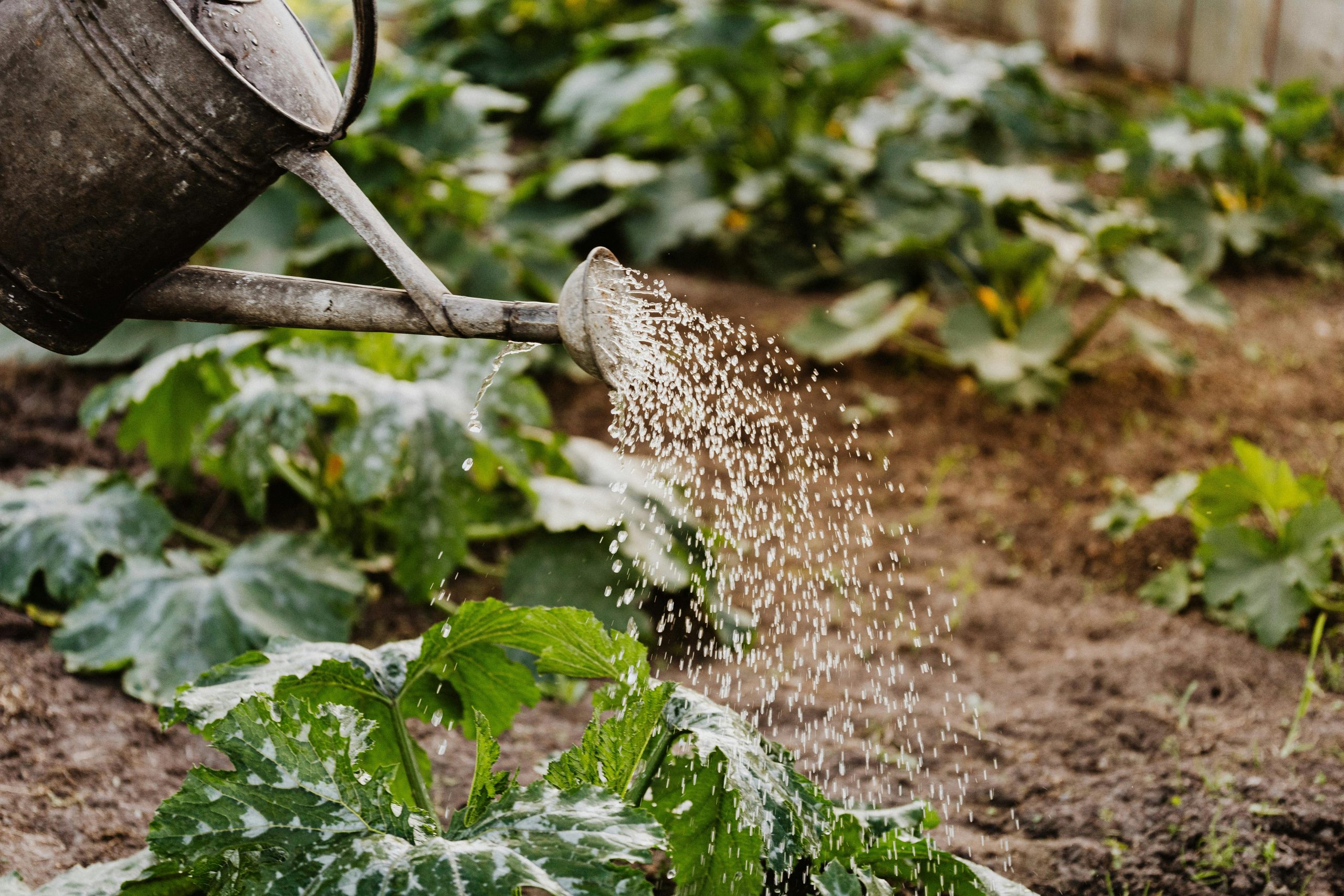Have you ever wondered if it’s possible to grow lush, healthy plants without soil? Hydroponics farming makes this possible by using nutrient-rich water solutions to deliver everything plants need directly to their roots. This innovative method is gaining popularity among urban gardeners, sustainability enthusiasts, and even commercial growers due to its efficiency and space-saving benefits. Whether you’re a beginner or just curious about soil-free gardening, this guide will walk you through the basics of hydroponics farming and how you can get started.
What Is Hydroponics Farming?
Hydroponics is a method of growing plants without soil, where roots are submerged in a nutrient-rich water solution instead. This technique allows plants to absorb minerals and oxygen more efficiently, often resulting in faster growth and higher yields compared to traditional soil gardening. Hydroponics systems can be set up indoors or outdoors, making them versatile for various environments.
There are several types of hydroponic systems, including:
- Deep Water Culture (DWC): Plants float on a nutrient solution with their roots submerged.
- Nutrient Film Technique (NFT): A thin film of nutrient solution flows over the roots.
- Ebb and Flow: Plants are periodically flooded with nutrient solution and then drained.
- Aeroponics: Roots are misted with nutrient solution in an air environment.
Each system has its advantages, and choosing the right one depends on factors like space, budget, and the types of plants you want to grow.
Benefits of Hydroponics Farming
Hydroponics offers numerous benefits that make it an attractive option for both hobbyists and commercial growers:
- Faster Growth: Plants grow up to 50% faster because nutrients are directly available to roots.
- Water Efficiency: Hydroponics uses up to 90% less water than traditional soil gardening.
- Space-Saving: Vertical hydroponic systems allow for high-density planting in small areas.
- No Soil-Borne Diseases: Without soil, plants are less susceptible to pests and diseases.
- Year-Round Growing: Indoor hydroponics enables gardening regardless of weather conditions.
These advantages make hydroponics an excellent choice for urban farming, sustainable agriculture, and even home gardening.
Essential Components of a Hydroponic System
To set up a hydroponic garden, you’ll need a few key components:
Growing Medium
Since hydroponics doesn’t use soil, plants need a supportive medium to anchor their roots. Common options include:
- Rockwool
- Coconut coir
- Perlite
- Clay pellets
Nutrient Solution
A balanced mix of essential minerals dissolved in water is crucial for plant growth. Hydroponic nutrient solutions are available in liquid or powder form and are tailored for different growth stages.
Light Source
If growing indoors, you’ll need grow lights to simulate sunlight. LED or fluorescent lights are popular choices for energy efficiency.
pH and EC Meters
Monitoring pH (acidity) and electrical conductivity (EC) ensures optimal nutrient absorption. Ideal pH levels for hydroponics range between 5.5 and 6.5.
Getting Started with Hydroponics: A Simple Setup
Ready to try hydroponics? Here’s a beginner-friendly setup using the Deep Water Culture (DWC) method:
- Choose a Container: Use a bucket or reservoir to hold the nutrient solution.
- Add an Air Pump: Oxygenate the water with an air stone and pump to prevent root rot.
- Place Net Pots: Fill net pots with a growing medium and insert seedlings.
- Mix Nutrients: Follow instructions to prepare the nutrient solution.
- Monitor and Maintain: Check pH and EC levels regularly and top off the water as needed.
Start with easy-to-grow plants like lettuce, herbs, or spinach to build confidence before moving to more demanding crops.
Common Challenges and How to Overcome Them
While hydroponics is efficient, beginners may face a few challenges:
- Algae Growth: Prevent it by keeping light away from the nutrient solution.
- Nutrient Imbalance: Stick to recommended dosages and change the solution every 1-2 weeks.
- Root Rot: Ensure proper aeration and avoid overcrowding plants.
With patience
